My Most Thrilling Sky Fight: Major Donald McClaren
Amidst all the great pulp thrills and features in Sky Fighters, they ran a true story feature collected by Ace Williams wherein famous War Aces would tell actual true accounts of thrilling moments in their fighting lives! This time it’s Canada’s Major Donald McLaren’s Most Thrilling Sky Fight!
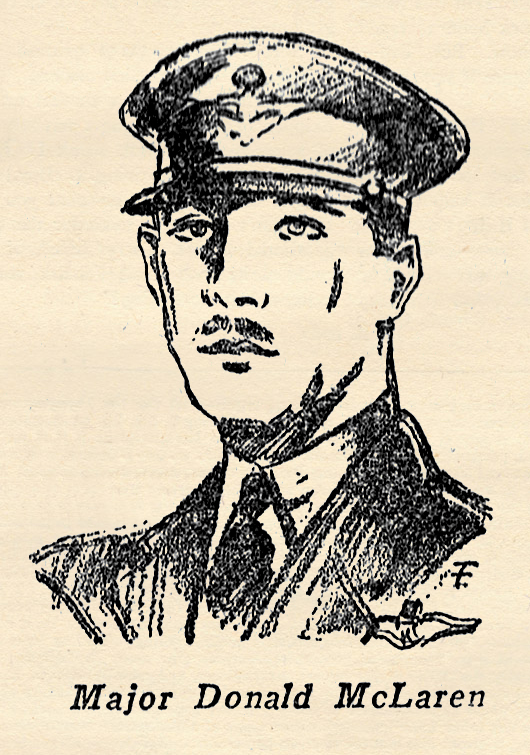 Donald McLaren was born in Ottawa, Canada, in 1893, but at an early age his parents moved to the Canadian Northwest, where he grew up with a gun in his hands. He got his first rifle at the age of six, and was an expert marksman by the time he was twelve. When the war broke out he was engaged in the fur business with his father, far up in the Peace River country. He came down from the north in the early spring of 1917 and enlisted in the Canadian army, in the aviation section. He went into training at Camp Borden, won his wings easily and quickly, and was immediately sent overseas. In February, 1918, he downed his first enemy aircraft. In the next 9 months he shot down 48 enemy planes and 6 balloons, ranking fourth among the Canadian Aces and sixth among the British. No ranking ace in any army shot down as many enemy aircraft as he did in the same length of time. For his feats he was decorated with the D.S.O., M.C., D.F.C. medals of the British forces, and the French conferred upon him both the Legion d’Honneur and Croix de Guerre. Oddly, just before the war ended, he was injured in a wrestling match with one of his comrades and spent armistice day in a hospital nursing a broken leg. He had gone through over a hundred air engagements without receiving a scratch. The air battle he describes below is unusual because almost 100 planes took part in it.
Donald McLaren was born in Ottawa, Canada, in 1893, but at an early age his parents moved to the Canadian Northwest, where he grew up with a gun in his hands. He got his first rifle at the age of six, and was an expert marksman by the time he was twelve. When the war broke out he was engaged in the fur business with his father, far up in the Peace River country. He came down from the north in the early spring of 1917 and enlisted in the Canadian army, in the aviation section. He went into training at Camp Borden, won his wings easily and quickly, and was immediately sent overseas. In February, 1918, he downed his first enemy aircraft. In the next 9 months he shot down 48 enemy planes and 6 balloons, ranking fourth among the Canadian Aces and sixth among the British. No ranking ace in any army shot down as many enemy aircraft as he did in the same length of time. For his feats he was decorated with the D.S.O., M.C., D.F.C. medals of the British forces, and the French conferred upon him both the Legion d’Honneur and Croix de Guerre. Oddly, just before the war ended, he was injured in a wrestling match with one of his comrades and spent armistice day in a hospital nursing a broken leg. He had gone through over a hundred air engagements without receiving a scratch. The air battle he describes below is unusual because almost 100 planes took part in it.
A REAL DOG-FIGHT
by Major Donald McLaren • Sky Fighters, April 1934
I was cruising along with twelve of my Camels when we met 17 enemy aircraft 15,000 feet high, slightly east of Nieppe Forest. When the Germans spotted us above them, they started circling. We began diving at them, and had succeeded in shooting down two, when another German formation appeared, coming up from La Bassee. I signalled and we drew out to watch developments, climbing together. At that moment our archies opened fire. The white bursts were thick like cotton tufts, with the enemy planes diving in and out. As we drew away to reform and attack again, we were joined by some additional S.E.5’s and Camels. Then another formation of Bristol Fighters and S.E.S’s drifted along from the south.
A real air battle promised now—the kind you read about but seldom witness. My Camels attacked the first formation of Huns, diving, firing a few rounds at close range, then climbing away, only to resume the tactic again as soon as we reformed. I swooped down on a white painted Albatross with a red nose. At my first burst, he exploded in flames. But I felt somebody shooting at me for all his worth.
From the sound of the bullets I knew he was very close, so I pulled back in a quick climbing turn to get a look. I saw two of my Camels chasing a Pfalz who tried to avoid them by turning from side to side. They got it, however. It went spinning down but I had no time to watch. Bullets were flying everywhere, coming from almost a hundred fighters at once. Just then two Albatrosses under me picked on a little Camel. I went for them, managing to get the first with a single burst. But the other got away by diving under his formation.
The Bristols and S.E.5’s were having the time of their lives. One S.E.5 that had shot down a Hun was being given a ride by three of the fallen Hun’s mates.
But by a fast climbing turn and wing-over, he managed to get the advantage over one. The Hun in trying to avoid his charge turned too slowly and rammed one of his fellows. Both smashed and went down, leaving bits of fabric floating behind them. By agile maneuvering the Bristols had managed to split up the German formation, so the enemy thinking they had enough, drew off and made for home as fast as they could. Our ammunition had been pretty well used up, so we called it a day.
Nearly a hundred planes took part in the scrap. I had never been in such a dog-fight before.







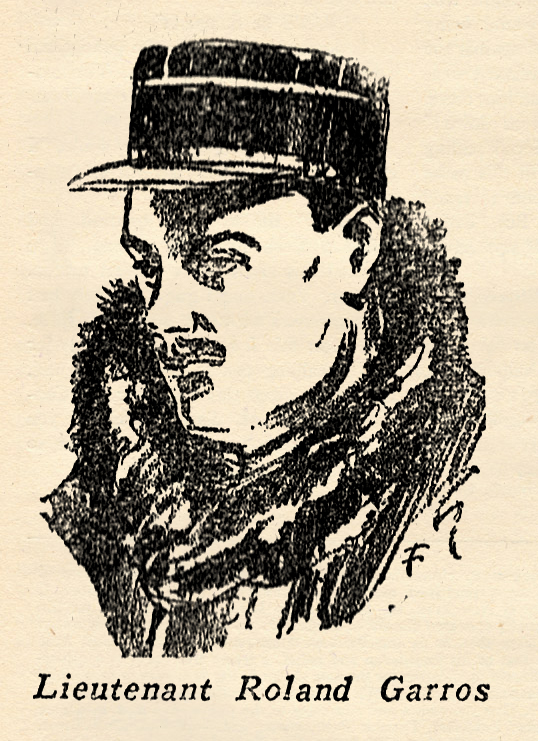 one of the world’s foremost airmen before the World War began. When the French army was mobilized, Garros joined his squadron, the Morane-Saulnier 23, just as it was leaving for the front. He built up a wonderful record for himself in respect to scouting.
one of the world’s foremost airmen before the World War began. When the French army was mobilized, Garros joined his squadron, the Morane-Saulnier 23, just as it was leaving for the front. He built up a wonderful record for himself in respect to scouting.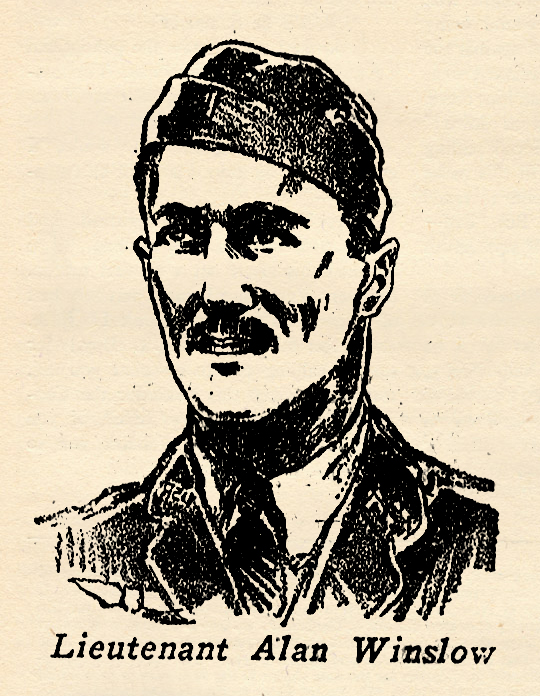 went oyer to France as a member of tho American Ambulance Section serving with the French Army. After America entered the war he was transferred to the American Army. When the American Air Service under command of Colonel Mitchell began definite duties on the Western Front, Alan Winslow had won his commission as a First Lieutenant and was assigned as a pilot in the 94th Aero Squadron, the famous “Hat in the Ring” outfit later made famous by Captain Eddie Rickenbacker.
went oyer to France as a member of tho American Ambulance Section serving with the French Army. After America entered the war he was transferred to the American Army. When the American Air Service under command of Colonel Mitchell began definite duties on the Western Front, Alan Winslow had won his commission as a First Lieutenant and was assigned as a pilot in the 94th Aero Squadron, the famous “Hat in the Ring” outfit later made famous by Captain Eddie Rickenbacker.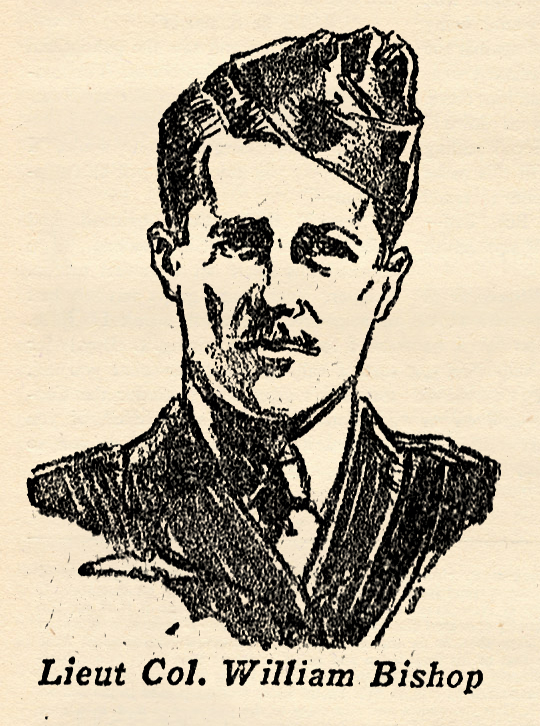 is one of the few great war Aces still living. And he probably owes his life to the fact that the British General Staff ordered him to Instruction duty in London while the war was still on. Bishop first served in the Second Canadian Army as an officer of cavalry, but tiring of the continuous Flanders mud, he made application for transfer to the Royal Flying Corps. He was first sent up front as an observer. When he went up later as a pilot he immediately began to compile the record which established him as the British Ace of Aces. He won every honor and medal possible. He was an excellent flyer, but attributed most of his success to his wizardry with the machine-gun. When the war ended he was officially credited with downing 72 enemy planes and balloons. The account below is from material he gathered for a book.
is one of the few great war Aces still living. And he probably owes his life to the fact that the British General Staff ordered him to Instruction duty in London while the war was still on. Bishop first served in the Second Canadian Army as an officer of cavalry, but tiring of the continuous Flanders mud, he made application for transfer to the Royal Flying Corps. He was first sent up front as an observer. When he went up later as a pilot he immediately began to compile the record which established him as the British Ace of Aces. He won every honor and medal possible. He was an excellent flyer, but attributed most of his success to his wizardry with the machine-gun. When the war ended he was officially credited with downing 72 enemy planes and balloons. The account below is from material he gathered for a book.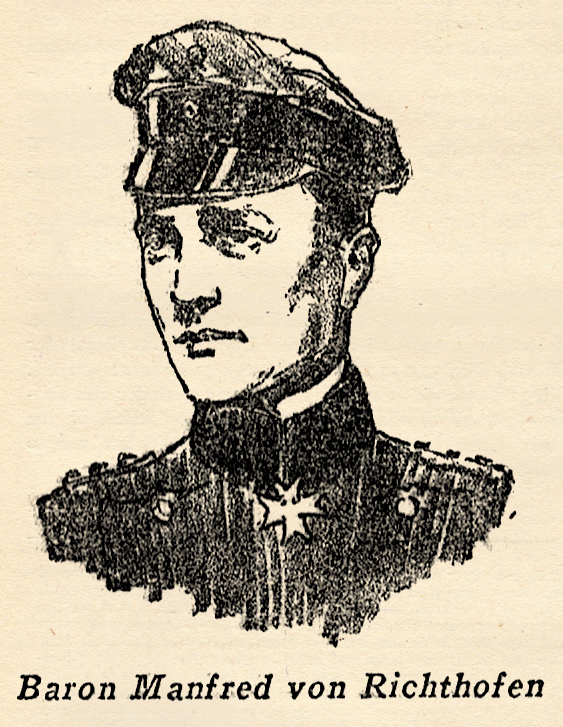 was the greatest of all the German flyers. He had more victories to his credit than any other battle flyer. He began in the Imperial Flying Corps, on the Russian Front. Soon afterwards he was transferred to the German North Seas station at Ostend, where he served as a bomber. Backseat flying never appealed to him, so he took training, soon won his wings, and was sent to join the jagdstaffel commanded by Oswald Boelke. After his sixteenth victory, he was promoted to Lieutenant and assigned to command a squadron. This became the Flying Circus, the most famous of all the German squadrons, the scourge of the western skies.
was the greatest of all the German flyers. He had more victories to his credit than any other battle flyer. He began in the Imperial Flying Corps, on the Russian Front. Soon afterwards he was transferred to the German North Seas station at Ostend, where he served as a bomber. Backseat flying never appealed to him, so he took training, soon won his wings, and was sent to join the jagdstaffel commanded by Oswald Boelke. After his sixteenth victory, he was promoted to Lieutenant and assigned to command a squadron. This became the Flying Circus, the most famous of all the German squadrons, the scourge of the western skies.


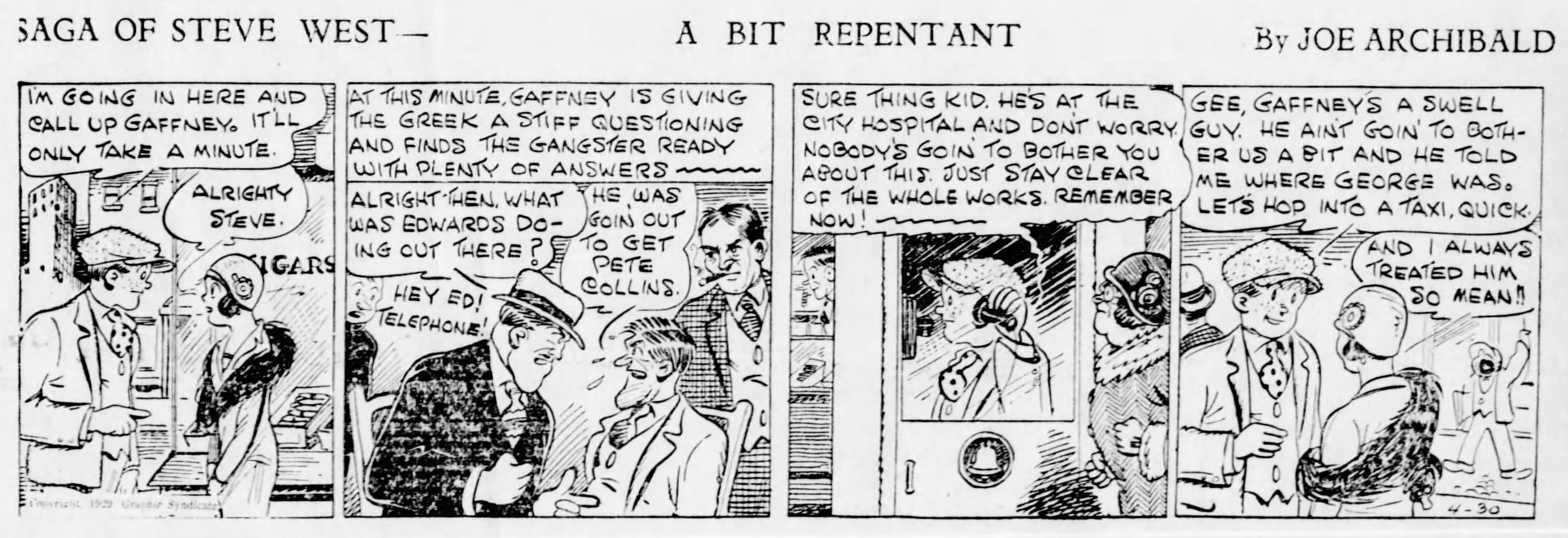





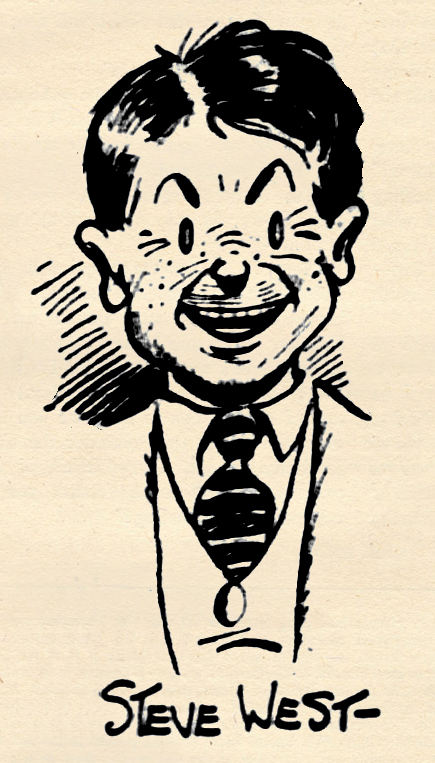 he created his first comic strip syndicated by the New York Evening Graphic. Here he had characters, continuity and action. What he came up with was “Saga of Steve West,” a strip about a young man who leaves the farm and heads to the big city to find his way in life. The principle characters are: Steve West, the young man in question who appears to be in his late teens or early twenties; George Edwards who is Steve’s friend and benefactor and—a bootlegger; Edwards’ secretary and sometimes girlfriend, Helen Wyatt, who has a secret warm spot in her heart for Steve; Detective Gaffney who has matched wits with Edwards in gangland; and rounding out the main cast is Steve’s pal Pete Collins.
he created his first comic strip syndicated by the New York Evening Graphic. Here he had characters, continuity and action. What he came up with was “Saga of Steve West,” a strip about a young man who leaves the farm and heads to the big city to find his way in life. The principle characters are: Steve West, the young man in question who appears to be in his late teens or early twenties; George Edwards who is Steve’s friend and benefactor and—a bootlegger; Edwards’ secretary and sometimes girlfriend, Helen Wyatt, who has a secret warm spot in her heart for Steve; Detective Gaffney who has matched wits with Edwards in gangland; and rounding out the main cast is Steve’s pal Pete Collins.



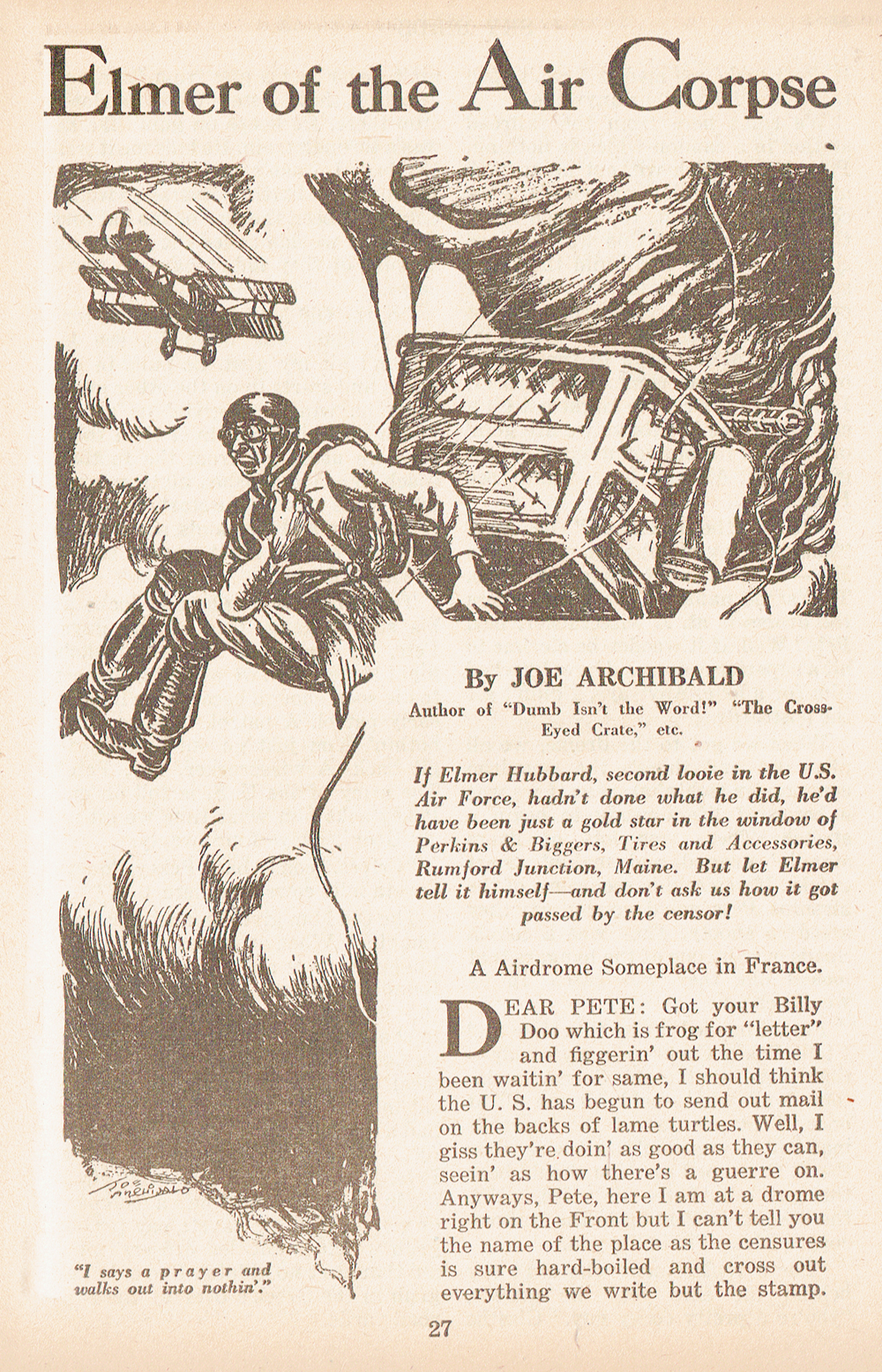
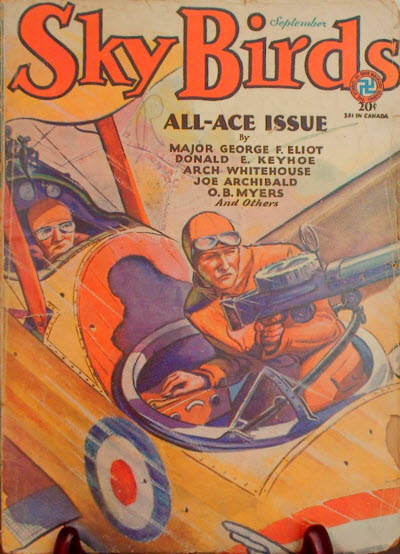 as a bonus, Joe Archibald’s first tale of Elmer Hubbard. Elmer writes his first letter to Pete back in Rumford Junction telling him all about his first days in France as a second lieutenant in the U.S. Air Force with Pokey Cook.
as a bonus, Joe Archibald’s first tale of Elmer Hubbard. Elmer writes his first letter to Pete back in Rumford Junction telling him all about his first days in France as a second lieutenant in the U.S. Air Force with Pokey Cook.











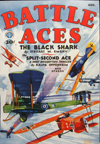


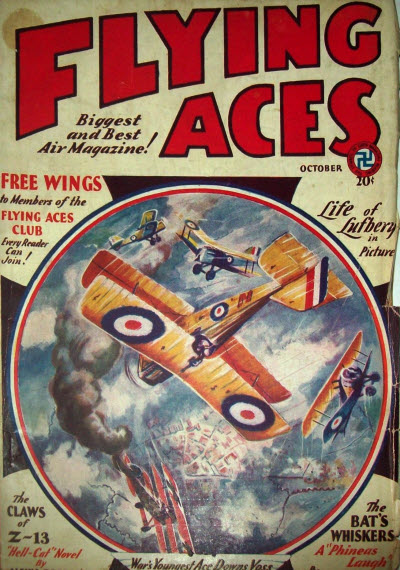 known as the man behind
known as the man behind 

